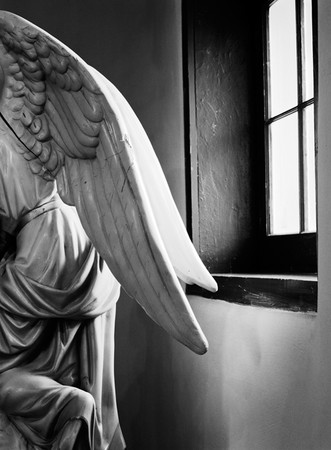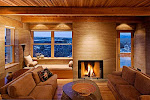Frankly most of my serious efforts with scanners and scans revolve around my B&W work. Of course I have, prior to digital, had thousands of my commercial color transparencies scanned for magazines, books, posters etc. but I was rarely involved in that. For a couple of years, just prior to digital, I did do allot of my own scanning for commercial publication because I was behind the times and everyone just wanted files. I never found that a home scanner like an Epson 750 (in my hands) could deliver what a commercial drum scan could deliver on transparencies for publication. They suffered in the shadow areas, highlight separation, color fidelity etc. I never had any complaints from clients, but I could see the difference.
It is certainly true IME that the major differences of home flatbeds and pro drum scans lies in resolution and in the renderings of the extremes of the tonal range. My 750 cannot pull detail out of deep shadows anywhere close to a good drum scan and I believe at the other end of the scale in the highlights that there is some flaring that takes place in home flatbeds that obscures fine detail in dense highlights.
Quote:
| And if you take that into account when exposing and developing your film, you should be able to get as much shadow detail as you'd like in your images, even using an Epson scan. Peter De Smidt |
BTW, I visited the printing service (Pat Carr-Carr Imaging-a true master) I use for large digital prints yesterday, who was working on a print of mine that I had never printed in silver or ink larger than 16x20 before (4x5 TRI-X in HC-110). I have never owned a printer that would print over 17" wide. This is a print 24x33-actually the largest art print I have ever made and is for an upcoming museum show. It was scanned by me on a well maintained Imacon at SAIC and looked superb at that size. The grain (or grain clumping I don't suppose that an Imacon can actually resolve grain) was sharp and tight and looked great even on close inspection with my reading glasses, requiring no additional sharpening than the original Imacon capture sharpening (I don't remember the setting). This was never a "look" that I could get on large prints with my Epson. As a backup I had Lenny Eiger, Eiger Studios, do a drum scan of the same image in case it didn't hold up at that size. Lenny's scan pulled more deep shadow detail out of the negative, but I didn't need it-not a wasted expense anyway-I am archiving quality drum scans of all my best images from the past 30 years.

I know Lenny's drum scan has more deep shadow detail than the Imacon, but I tend to print this pretty deep anyway. There is a fair amount of work in the file and with a tight deadline looming, I was not wanting to start over with a new scan unless I had to. But in terms of resolution the Imacon could handle this size and on this image the tones were fine too.













Have you tried using your Epson on images that are within the range? I am curious how much difference you see from a drum scan with these. I do use the zone system modified for scanning, and seem to get pretty good scans - at least for what I can print on my 17" wide printer. I had some excellent drum scans made for comparison with my homemade scans. I did not see much difference, but realized that the negatives did not have a lot of fine detail and had manageable dynamic range. I suspect that had I used an image with lots of grass blades and harsh light I would have seen a very different result.
ReplyDelete